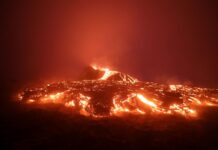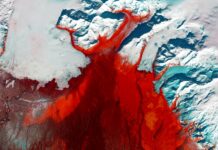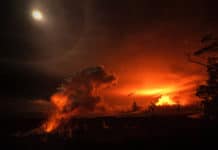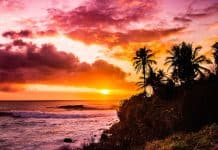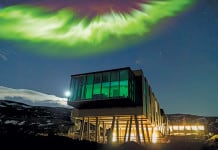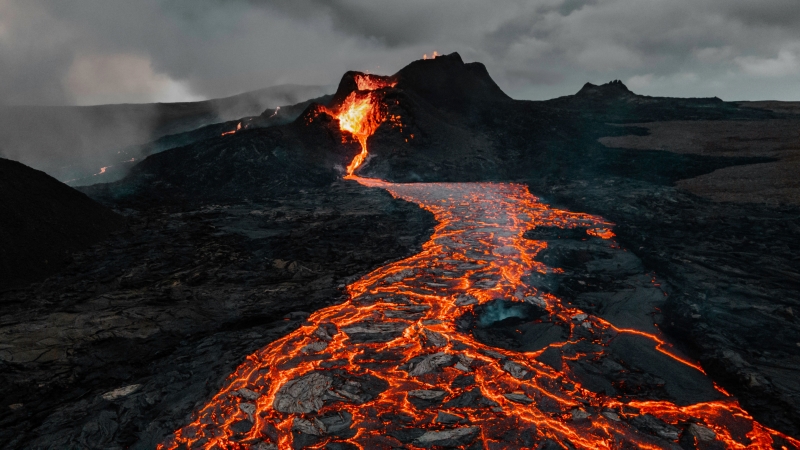
If you have incentive winners or corporate groups who want to see active volcanoes and lava flows, now’s the time to book a trip to Iceland. If they want to soak in the geothermal waters of the Blue Lagoon, not so much.
For the fourth time in three months, the volcano between Mt. Hagafell and Mt. Stóra Skógfell on the Reykjanes Peninsula erupted, this time sending a lava flow in the direction of the town of Grindavik. The March 16 eruption caused the town to be evacuated along with the Blue Lagoon, the county’s top tourist attraction, located just a few miles away from the lava-spewing fissure.
The eruptions, occurring in a region where volcanoes had been dormant for hundreds of years, have caused a drop-off in visitation to Iceland, the tourist board and Icelandic Air officials told The New York Times.
Air Travel Not Disrupted
However, tourism officials stressed that the eruptions poses no risk to visitors other than in the immediate area of the lava flow.
“The eruption does not pose an immediate threat to people, and no further evacuations are necessary at this time,” according to a recent statement from the Icelandic Tourist Board. “All Icelandic airports are open, and all flights to Iceland are operating on schedule. The impact of these types of fissure volcanic eruptions impact is limited to specific, localized areas near the eruption site. Notably, the previous eruptions on the Reykjanes Peninsula have not disrupted air travel to and from the country in any way.”
Anyone who finds volcanoes more exciting than frightening can still visit parts of the Reykjanes in hopes of catching a glimpse of a lava flow, and Iceland also has a large variety of volcano-related attractions—further away from the site of the recent eruptions— that can safely be incorporated into itineraries.
The Volcano House museum in Reykjavík and the Lava Centre Museum in Hvolsvöllur are both highly recommended, for example, and Iceland visitors also can see the dormant Snæfellsjökull volcano in West Iceland, explore the interior of the dormant Thrihnukagigur volcano near Reykjavík, and marvel at the vast crater blasted out by the eruption of the Hverfjall volcano in North Iceland 2,500 years ago.
This post first appeared at Prevue’s sister site, recommend.com.



